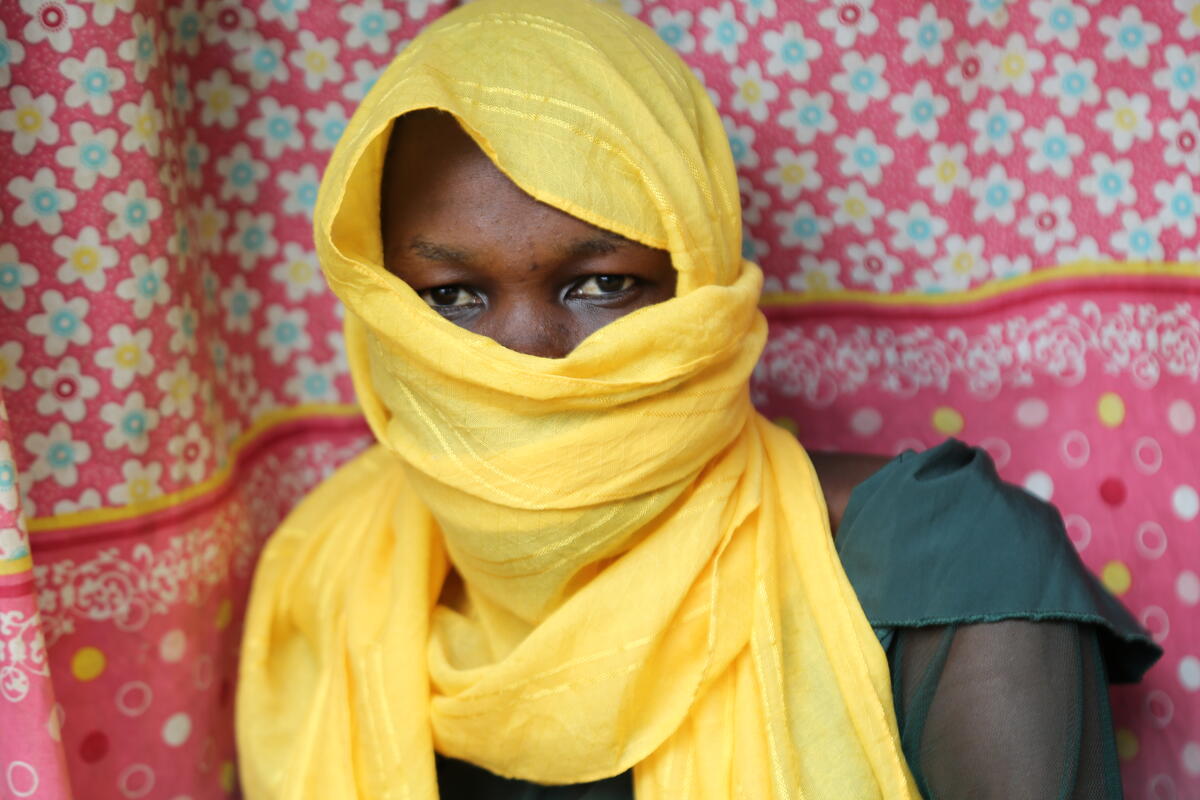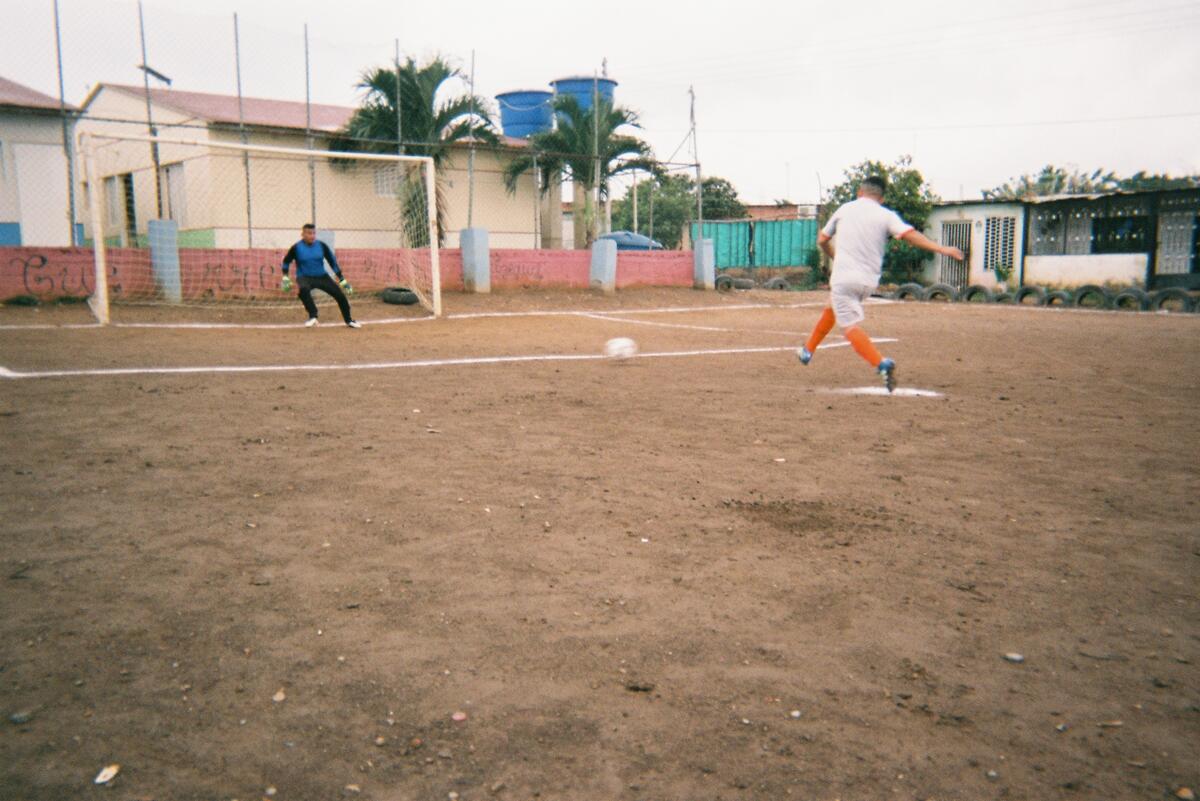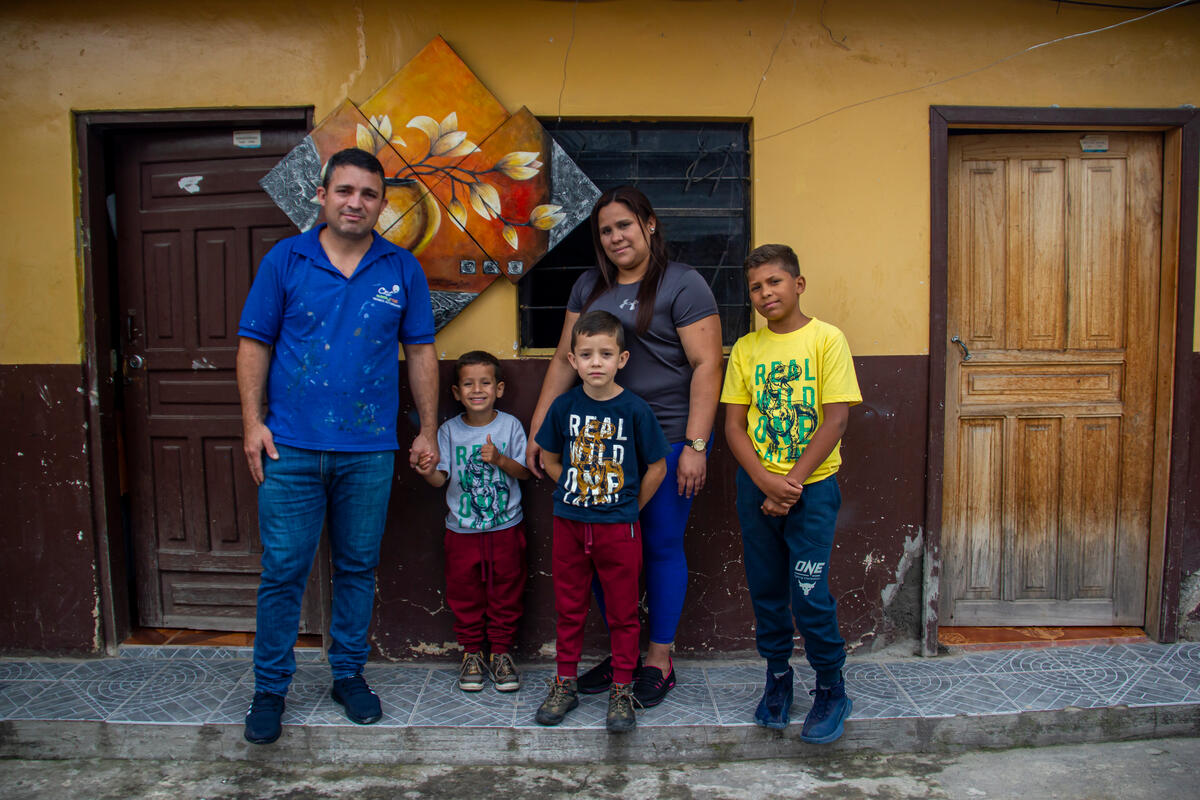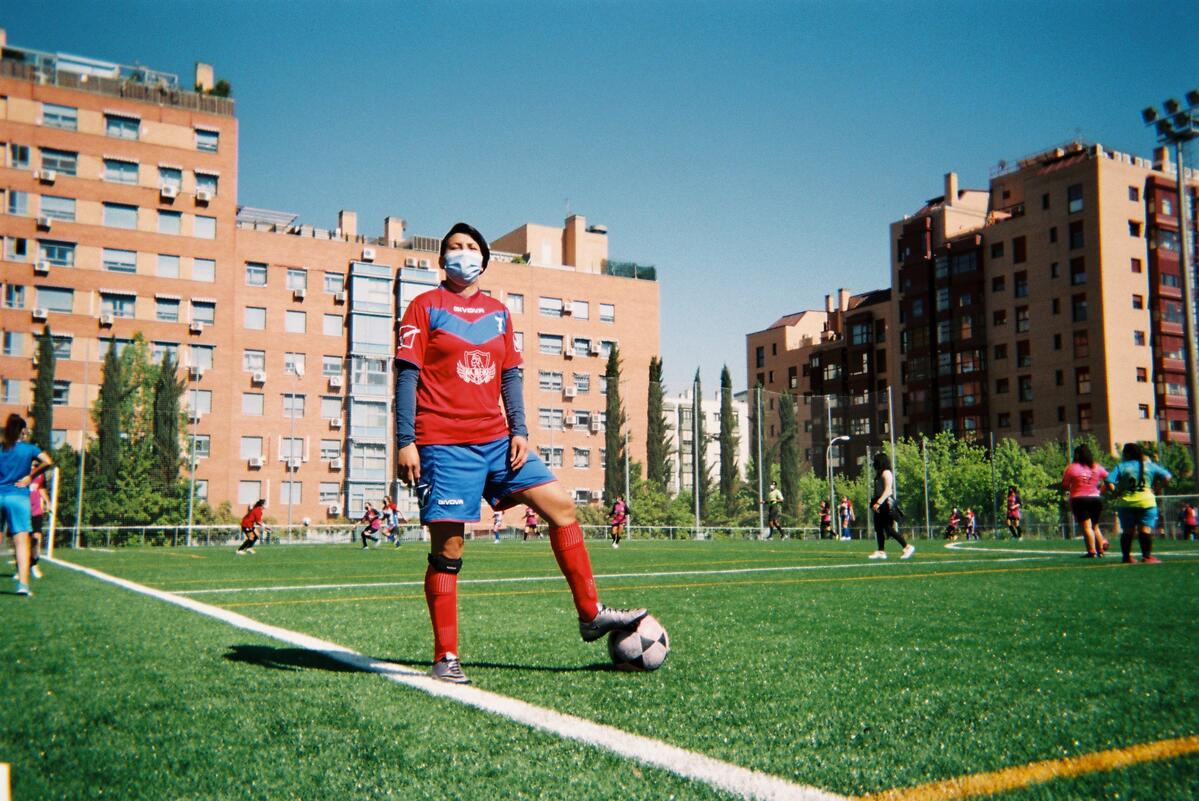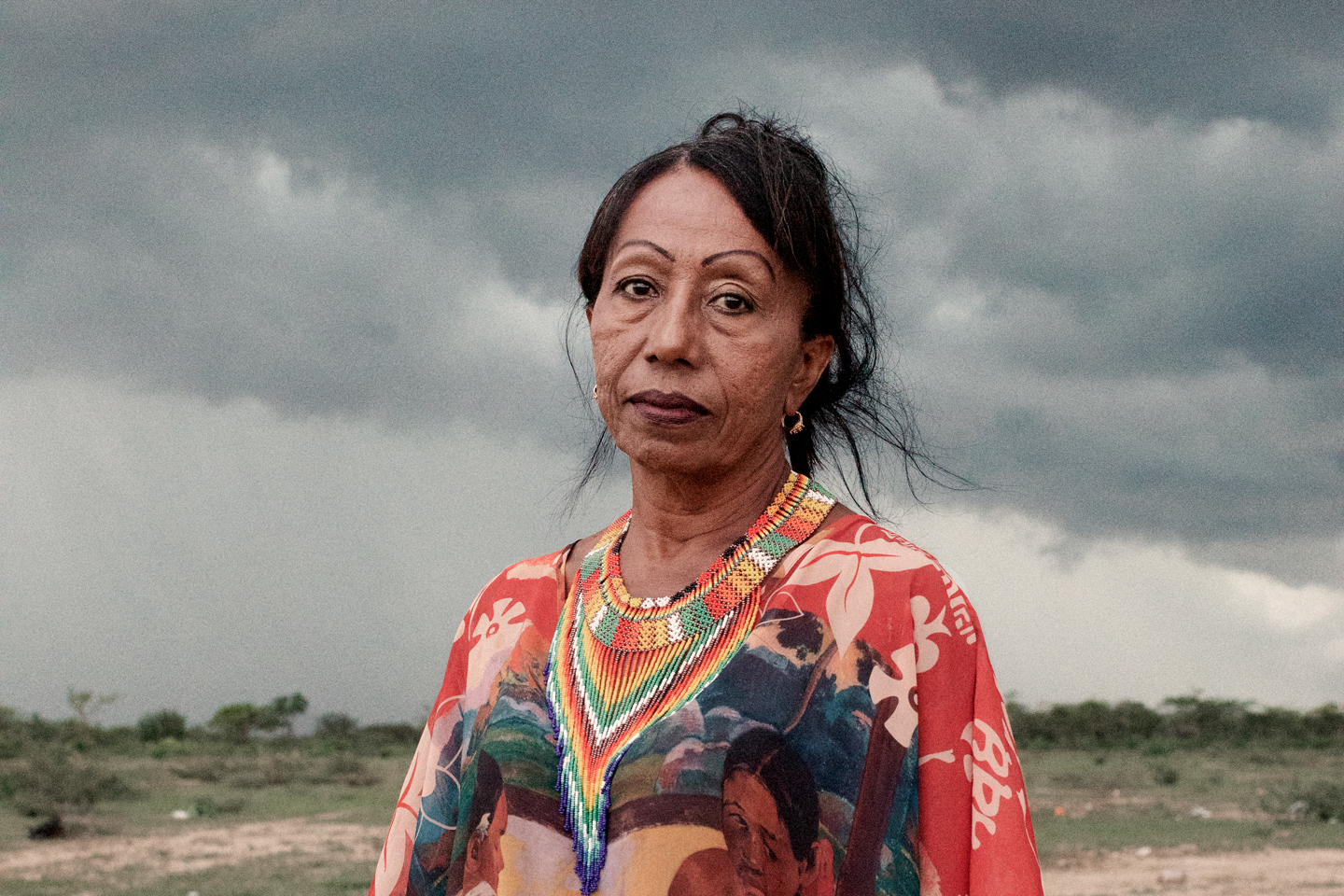Colombia: Thousands at risk of displacement in north-west
Colombia: Thousands at risk of displacement in north-west
As part of our ongoing monitoring of the increasing insecurity around Bojayá, in Colombia's north-western Chocó province, a UNHCR mission that returned from the region on Wednesday reported that thousands of residents remain fearful of potential clashes among the growing number of irregular armed groups gathering in the area. We are continuing to visit the region regularly, with our next mission planned for Monday.
In 2002, the Bojayá region received international attention, when 119 people taking refuge in a church in the town of Bellavista were killed by explosives. Thousands of people left the area after the massacre, and hundreds of them have still not returned.
In late November, UNHCR confirmed that humanitarian conditions in Bojayá were again deteriorating and the civilian population was becoming increasingly fearful of new fighting. The possibility for displacement is high. Roughly 7,000 people live in the municipality, approximately 5,000 of whom are at direct risk of displacement. The area has already seen significant displacement this year. Some 1,200 indigenous Embera fled their homes in March, and later returned over the summer. Another 1,000 Afro-Colombians fled in May.
In response to the deteriorating situation, UNHCR is contributing to the construction of community centres in several settlements around Bojayá. The centres can be used as emergency shelters, as well as places where community meetings and activities can be held. Construction has started on two centres in the indigenous Embera communities of Playita and El Cedro. The World Food Programme, the International Organization for Migration and the Catholic Diocese of Quibdó are also participating in the project.
Work on a third centre is expected to start within two weeks, with support from UNHCR and UNICEF, in the Afro-Colombian community of Cuia, also in the Bojayá area. Cuia´s nearly 300 residents are also at risk due to the presence of armed groups.
Meanwhile, in the south of Chocó, the situation seems to be stabilizing in the Middle San Juan area, where clashes in late November between armed groups in the community of Bebedó left at least 12 dead, including four civilians. Some 2,000 people who were at risk of displacement have remained in their communities and the Colombian army has now returned to the area. Communities who have been suffering an economic blockade by armed groups for months are now receiving foodstuffs from the Red de Solidaridad Social [Social Solidarity Network]. However, nearly 300 people who fled after the clashes remain displaced in Istmina, the main town in the area. UNHCR, the Catholic Church and the local authorities in Istmina are preparing a humanitarian follow-up plan for the coming months.


